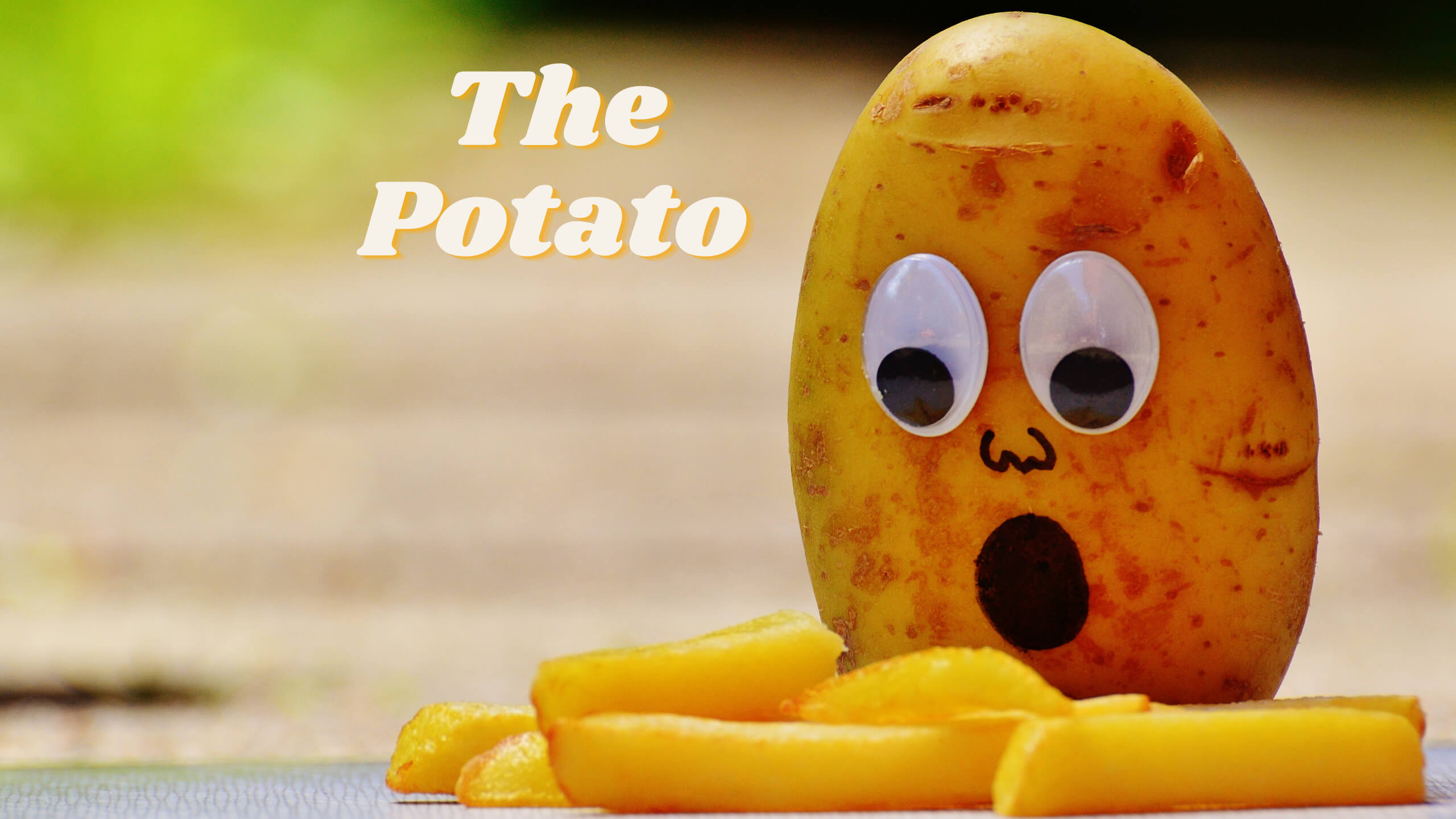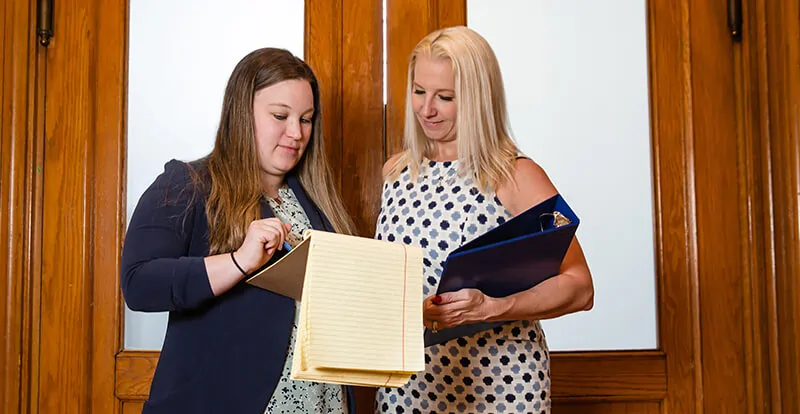The Potato

SPUDS.
As we move along together, we’re going to have a recurring theme where we take an in-depth look at the food we eat; and how the staples of our pantry can be used to expand and enhance our home cooking. Today, we’re going to talk about a cheap, affordable, and diverse cornerstone of diets around the world: The Potato.
Functionally, the potato has more in common with grain and wheat-based foods than it does other vegetables. Nutritionally, potatoes contain all but three or four of the vitamins and minerals needed to sustain human life. If eaten with a glass of whole milk, you can survive off this diet indefinitely.
Potatoes are hardy vegetables that can last for up to 3 months when stored in a dark, dry, and cool place kept around 50 degrees Fahrenheit. Place them in a breathable container like a paper or mesh bag, or pile them in a cardboard box. Storing a potato below 40 degrees will turn it sweet as the cold will convert the starches into sugars. If storage is too cold, potatoes will often darken when they cook and leave unpleasant visuals despite still being edible. Too warm and your potatoes will likely sprout.
When picking a potato, you should look for ones that are well-formed and firm. Little to no cracks in the skin, do not feel mushy or springy to the touch, do not wrinkle when rubbed, and are not green in color. Green potatoes get their color because they were exposed to UV light and have initiated chlorophyll-making processes that create an unpleasant, bitter taste. While potentially still edible, if bitter potatoes are your sort of thing, they should still be avoided because this same exposure also greatly increases the risk of certain toxins to thrive and be produced by the potato. If it’s green, just throw it out. Last, look for potatoes without any “eyes.” Potato eyes indicate that new sprouts have started to grow. The potato is still edible if the eyes are fully removed (assuming it’s not green or spoiled), but the presence of eyes indicates a lack of freshness of the potato and they may be more prone to spoiling. If you intend to eat your potato the same day you buy it, it’s ok to buy one with eyes on it at the grocery store.
The first recipe is a simple, diner-style hash brown. This recipe is simple, straightforward, and nearly foolproof. Because all the spices are meant to adjust to taste, there is no hard and fast rule on how much or how little to add, making this recipe very scalable as well. Be forewarned, two average-sized russet potatoes worth of hash browns will stuff you! If you’re cooking alone, one potato will likely be more than enough.
Our second recipe will is a classic twice-baked potato. Baked potatoes are what we would consider a “garbage pail recipe.” Garbage pails are versatile dishes that allow you to find uses for all of the leftover or odds-and-end ingredients in your fridge or pantry. Because the potato is used in so many other dishes, you can easily combine them with a baked potato to create something unique, filling, and flavorful. The twice-baked potato is just one such example, but you could easily modify your potato bake with toppings like chili, chicken, pulled pork, hearty soups (beef stew, cheddar broccoli, chowders, etc), spinach and artichoke dip – the list goes on.
Our last recipe is a universal side dish made with roasted red or white potatoes. This side pairs extremely well with any meat proteins, is extremely easy to make, tastes great cold out of the fridge after your meal, the leftovers – if there are any – can be repurposed into other dishes (I eat them with scrambled eggs and some sausage in the mornings), and is one of those things that makes people think you’re a kitchen genius because of how good it is while you reply, “Oh, this? It was nothing.”
As we explore different cooking techniques in the future, such as shallow frying, don’t forget about the humble potato. These cooking methods will open up the door to a lot of different dishes from homemade French fries to potato chips. Don’t be afraid to play with your food, enjoy!


